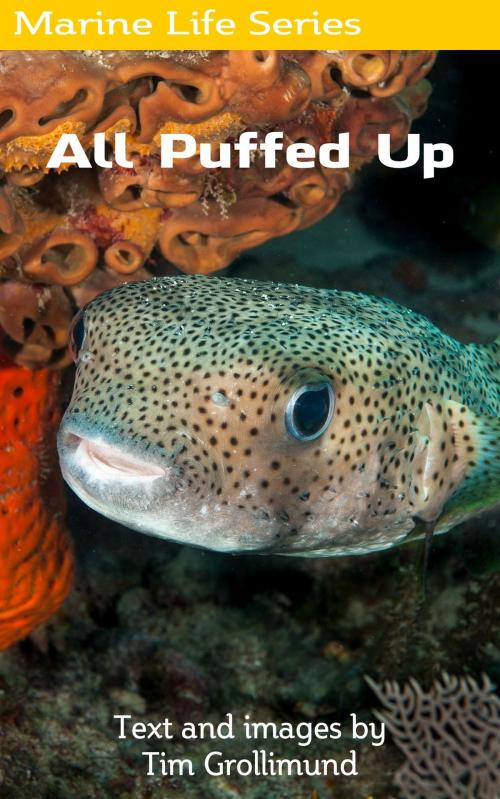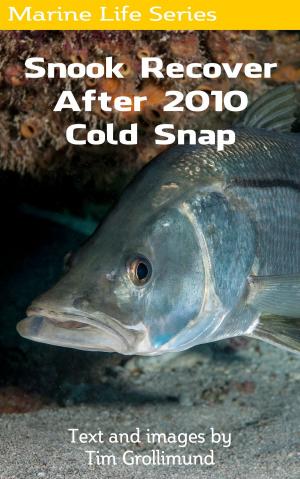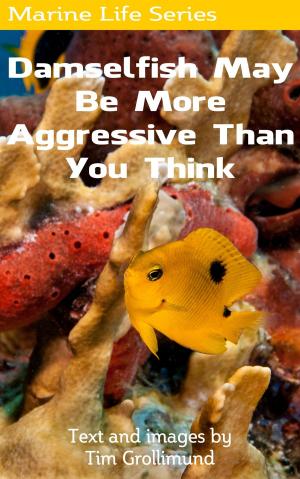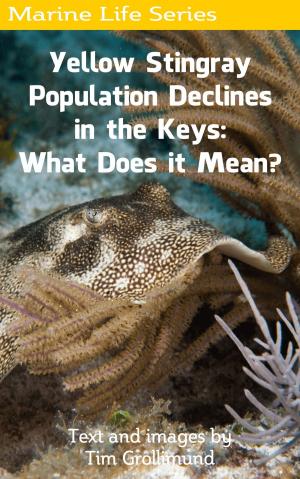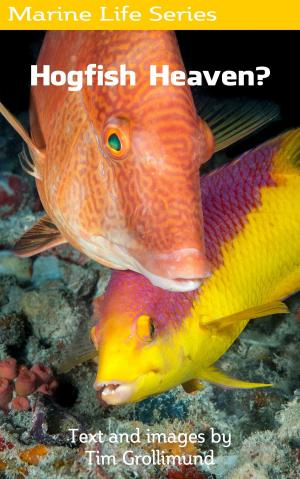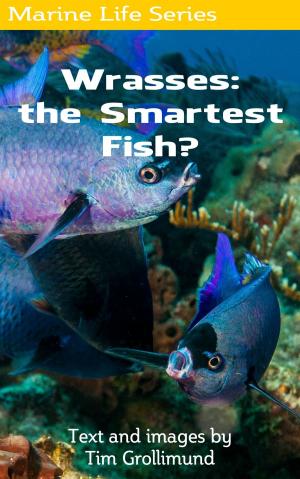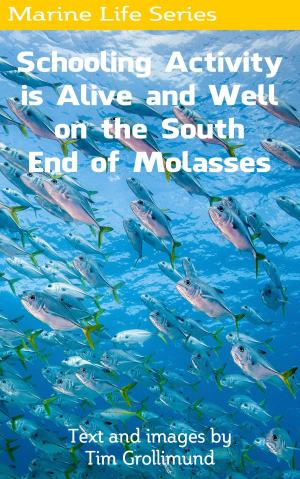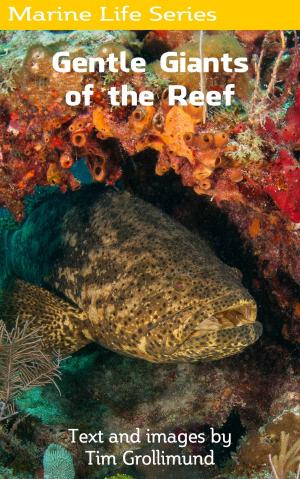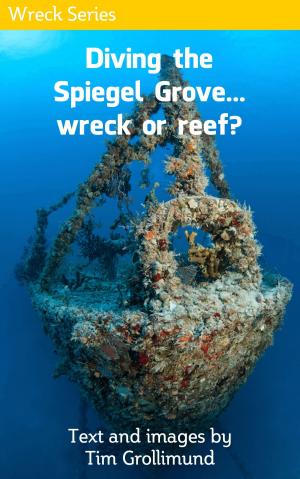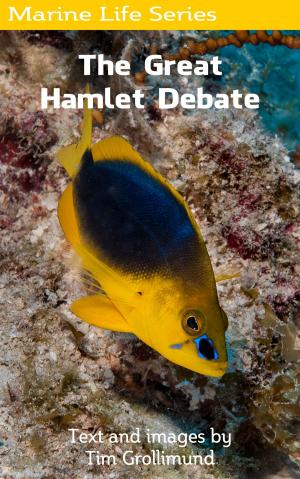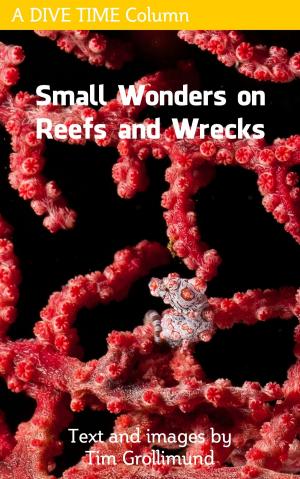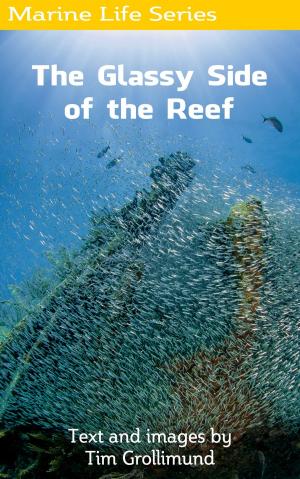All Puffed Up
Nonfiction, Sports, Water Sports, Scuba & Snorkeling, Science & Nature, Science, Biological Sciences, Marine Biology| Author: | Tim Grollimund | ISBN: | 9781370741052 |
| Publisher: | Tim Grollimund | Publication: | July 16, 2017 |
| Imprint: | Smashwords Edition | Language: | English |
| Author: | Tim Grollimund |
| ISBN: | 9781370741052 |
| Publisher: | Tim Grollimund |
| Publication: | July 16, 2017 |
| Imprint: | Smashwords Edition |
| Language: | English |
"Puffers are a group of species I like to shoot, especially the larger varieties. They have a shy, but jovial personality. At least they always look like they are smiling. Sometimes they won’t turn around to face the camera, and sometimes they don’t seem to care. They are not exactly speed demons of the reef, so a little patience and the right positioning as you gauge their path can provide good opportunities to take that perpetual grin home in your camera.
On the reefs in the Keys, I see mostly sharpnose puffers. Balloon fish are also common. Porcupinefish, which can grow as large as two feet in length, are also a familiar sight.
Puffers are related to boxfish, and are also toxic, but in a different way. I found many references to two toxins, tetrodotoxin (TTX) and saxitoxin (STX), which are nerve agents. They are chemically distinct, but act on the nervous system similarly.
And of course we have all heard the stories of death-by-sashimi in Japan if the dish is not prepared correctly. TTX is listed as the second most poisonous vertebrate toxin after the golden poison frog. While trunkfish are notorious for emitting their protective toxin, puffers keep it bottled up until they are opened.
Based on what I found, it’s not the puffer itself, but the bacteria that it ingests that’s the poison. These two toxins are sourced from bacteria. STX is attributed more to shellfish than fin fish, but both are found in puffers under the right conditions. Other fish eat the same bacteria, but don’t accumulate the toxins. Also, water quality characteristics have a lot to do with the level of bacteria ingested by marine organisms.
I found an old article by a fellow in Indian River, Florida that called them “tasty toadies”. He used to eat them as a kid growing up around the water. As I poked around a bit more, I found an article that details toxic events and deaths from puffer fish from Indian River. Looks like somebody has a lot to be thankful for."
"Puffers are a group of species I like to shoot, especially the larger varieties. They have a shy, but jovial personality. At least they always look like they are smiling. Sometimes they won’t turn around to face the camera, and sometimes they don’t seem to care. They are not exactly speed demons of the reef, so a little patience and the right positioning as you gauge their path can provide good opportunities to take that perpetual grin home in your camera.
On the reefs in the Keys, I see mostly sharpnose puffers. Balloon fish are also common. Porcupinefish, which can grow as large as two feet in length, are also a familiar sight.
Puffers are related to boxfish, and are also toxic, but in a different way. I found many references to two toxins, tetrodotoxin (TTX) and saxitoxin (STX), which are nerve agents. They are chemically distinct, but act on the nervous system similarly.
And of course we have all heard the stories of death-by-sashimi in Japan if the dish is not prepared correctly. TTX is listed as the second most poisonous vertebrate toxin after the golden poison frog. While trunkfish are notorious for emitting their protective toxin, puffers keep it bottled up until they are opened.
Based on what I found, it’s not the puffer itself, but the bacteria that it ingests that’s the poison. These two toxins are sourced from bacteria. STX is attributed more to shellfish than fin fish, but both are found in puffers under the right conditions. Other fish eat the same bacteria, but don’t accumulate the toxins. Also, water quality characteristics have a lot to do with the level of bacteria ingested by marine organisms.
I found an old article by a fellow in Indian River, Florida that called them “tasty toadies”. He used to eat them as a kid growing up around the water. As I poked around a bit more, I found an article that details toxic events and deaths from puffer fish from Indian River. Looks like somebody has a lot to be thankful for."
